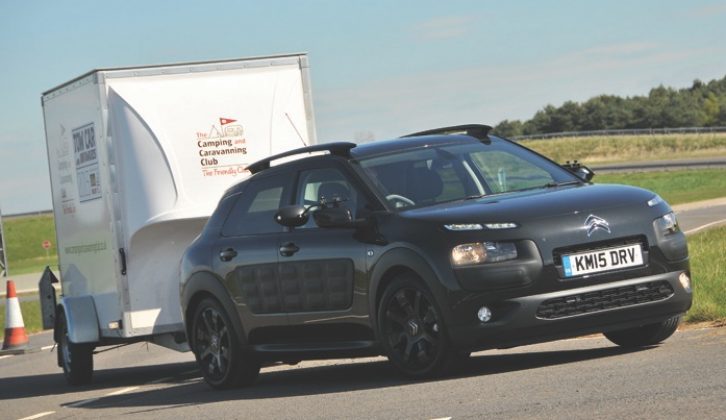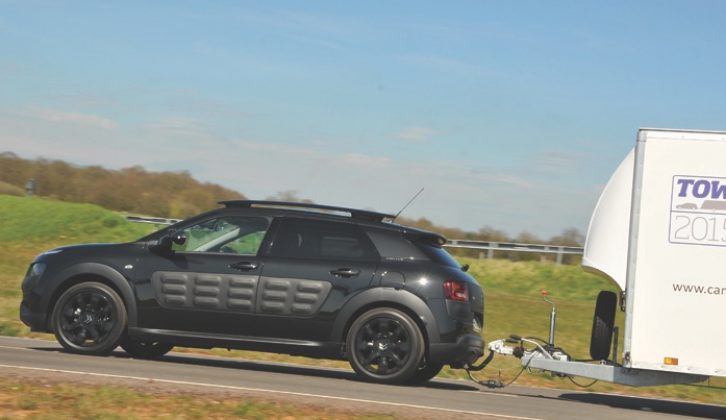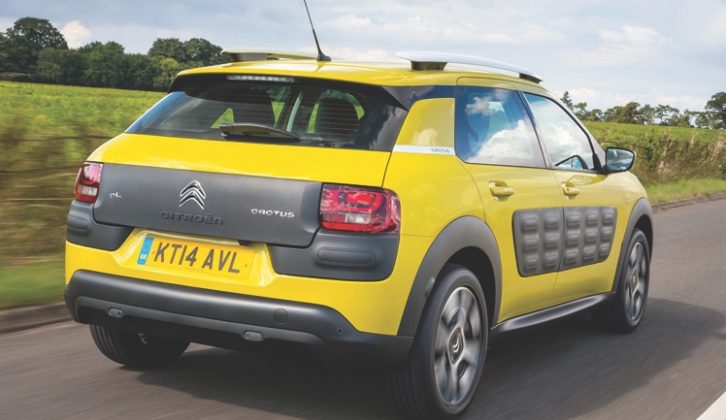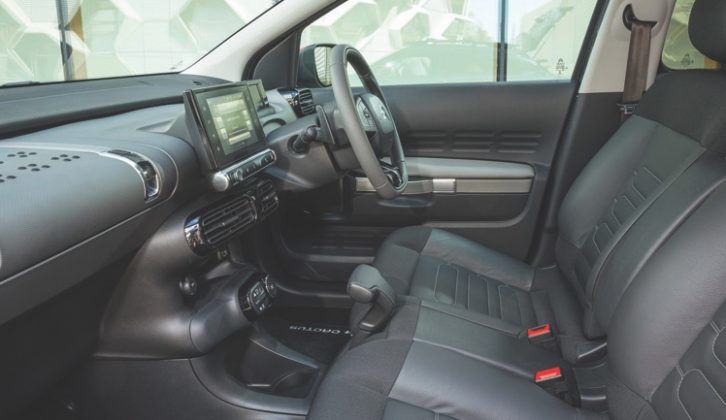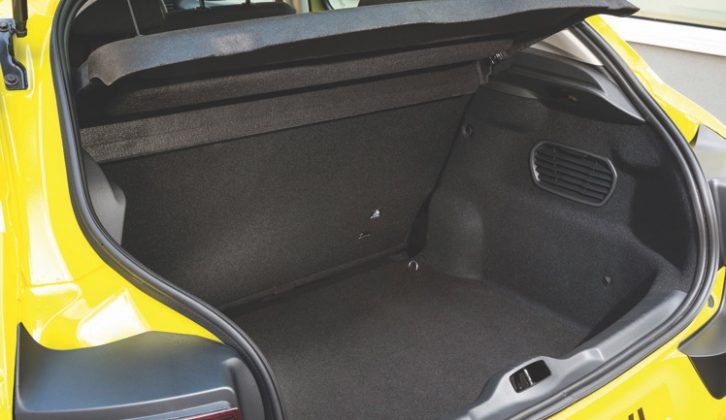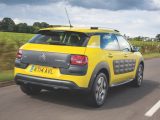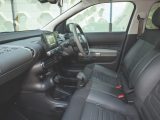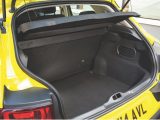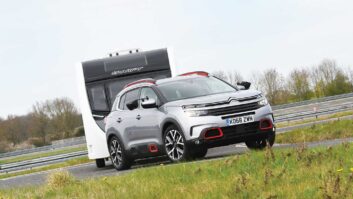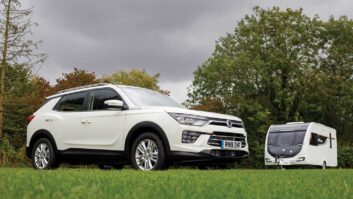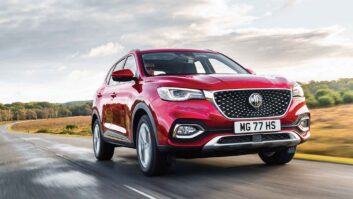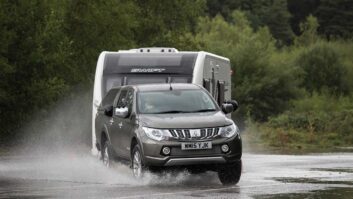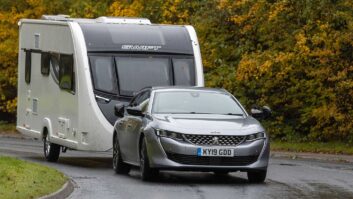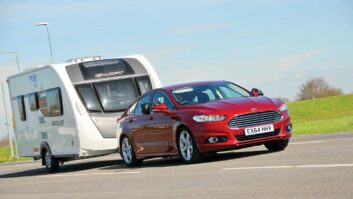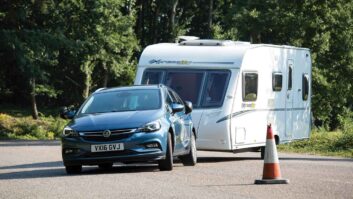For most of its life, Citroën has been known as a producer of avant-garde machinery. Its vehicles have long been known for quirky design, in overall cars and individual components.
For example, which other manufacturer could come up with the 2CV, or the incredible dashboard on the Citroën CX of the 1970s, with its ‘rotating drum’ speedometer (it’s worth an internet search – honest)? Then there’s the amazing magic-carpet hydropneumatic suspension that populated numerous models late in the previous millennium.
However, early in the 2000s, Citroën had comprensively lost its mojo. Cars such as the C3 supermini and C5 family car had all been put through some sort of corporate ‘blander’ in the firm’s kitchen, and plummeting sales were the result.
Then in 2014, up popped the C4 Cactus. It looked like nothing else on the road with its SUV-hatch styling and unusual colour scheme. The presence of the plastic Airbumps (covered in air-filled blisters) on the car’s flanks to prevent car park dings were a strong sign Citroën was back to doing things its own way.
Small, efficient engines were the way forward for the C4 Cactus, which launched with a 1.2-litre petrol engine with 74, 81 or 108bhp, and a 1.6-litre diesel that generates 91 or 99bhp.
Now you might think small, efficient engines aren’t ideal for tow car buyers, but you’d be wrong. Indeed, the diesel was strong enough for us to name it Ultra-Light Tow Car of the Year in 2015, so it offers both stand-out style and ability. Intrigued? Here’s what to look for.
Model history
The world has gone bonkers for SUVs over the past decade and a bit, and the C4 Cactus is Citroën doing the small SUV thing in its own way, by crossing it with a small family hatch.
This was no humdrum hatch. It had a low, wide dashboard to create an ambience of space and to improve visibility, and the front seat resembled a sofa, instead of two individual seats.
The wheelbase, too, was longer than the norm, to enhance cabin space and, just to prove Citroën hadn’t lost its ‘make it different, not always practical’ vibe, the windows in the rear doors don’t wind down. Instead, they pop outwards, in the style of those in the old Vauxhall Chevette.
Another similarity to cars of old is the rear bench, which is one-piece – you can’t fold each side individually,. But facelifted cars in 2018 addressed this.
Roof bars were fitted as standard, and the C4 Cactus also featured a full-length panoramic sunroof as standard, so it certainly has an airy feel.
Inside, three types of interior were on offer, with different trim materials available on each.
The layout of the dashboard is extremely simple, with only six buttons on show. The bulk of the main features are controlled via the standard touchscreen, which has mixed success. For example, the fact that you can change radio stations is fine, but having to come out of the radio or navigation functions to alter the cabin temperature is frustrating.
The C4 Cactus is a successful tow car, as long as you don’t have too much to carry. It’ll cope with a maximum of 825kg, although this drops to 600kg if the car is fully loaded.
The 99bhp diesel is the one to go for, and it makes light work of towing; certainly more so than other small cars, at least until the legal limit hoves into view.
Stability is strong, even during violent lane-change manoeuvres, and the Citroën can haul itself and a trailer to a halt in pretty short order, with few dramas.
Hill starts should cause few qualms, although the handbrake tends to need a good tug on slopes when hitched.
Driven solo, the C4 Cactus is quiet and pretty comfortable, and steers reasonably, although the steering itself is rather light. Economy is good, too, with a claimed average of 70.6mpg.
Last year, the C4 Cactus was facelifted to make it look classier, so new colours appeared and the Airbumps shrank to small areas at the base of the doors. Shame, because some of the car’s funky charm was lost.
Trouble spots
For recalls, the C4 Cactus has been relatively lightly affected. Early cars were recalled because the bonnet latching mechanism had a faulty component, which could mean the bonnet would fail to close correctly.
The bumper trim was the reason for the next recall – it wasn’t bonded properly and could become detached.
The semi-automatic gearbox was the source of the next recalls, followed by a faulty starter motor. Finally, a possible fuel leak caused Citroën to send out another recall. Any other issues are individual failings and do not represent faults across all versions of the car.
Nevertheless, it’s always wise to take along someone with mechanical know-how when you look at a potential purchase, or pay for a professional to give the car a thorough inspection.
Verdict
It’s comfortable and reasonably spacious, and has a fair amount of equipment; although it’s deeply annoying that most of the systems are operated through the solitary touchscreen, which can be laggy on occasion. Were buttons really that bad?
If you’re not the sort to blend in with the crowd, and as long as you don’t have too heavy a trailer to tow, the Citroën C4 Cactus makes a great choice as a tow car. The car will remain largely unaffected by the trailer and will also show an admirable aversion to the sight of a refuelling stop. Vive la difference!
Citroën C4 Cactus (2014 – 2019) – need to know
How much? £5000-£11,500
The good news for used car buyers is that Citroën residual values are still not as good as the company would wish, so earliest C4 Cactus examples can be obtained for less than £6000. But these are the sort of cars a mechanical inspection would be worth spending money on.
Look carefully and a budget of £9000 will net you a pre-facelift car with less than 20,000 showing on the clock.
Stick another £4000 on your budget and you’ll be in the market for a 2018 car with less than 5000 miles showing – and it will also have the bulk of its warranty still remaining.
What will it tow?
- Kerbweight 1320kg
- 63% match 825kg
- Towing limit 825kg
- Noseweight limit 60kg
How much is a towball?
- Witter swan neck towbar £154.29
- Witter detachable towbar £257.09
- Fitting extra (from pfjones.co.uk)
What about servicing?
- Interim service £109.32
- Full service £147.60
- (Prices from servicingstop.co.uk)
The good and the not so good
Top tug: 1.6 BlueHDi 100 Flair
Offers the strength and 70.6mpg economy of the 1.6-litre diesel; Bluetooth, air-con, cruise control and sat nav are standard.
Barge pole: 1.2 PureTech 82 Feel
Three-cylinder petrol engine is economical and smooth, but it doesn’t really have the muscle to tow a heavy(ish) trailer.
The presence of the plastic Airbumps (covered in air-filled blisters) on the car's flanks to prevent car park dings were a strong sign Citroën was back to doing things its own way.
